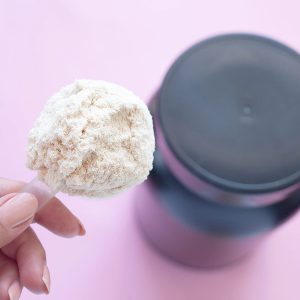
There are now alternative period products to pads and tampons……
And thank goodness for that! Traditional pads and tampons were so bad for the environment and it is about time that there was more of a ‘modern solution’ to the problem of collecting menstrual blood. In this article we look at the different types of non-throw-away items that can be used during menstruation, and the benefits and downsides of each in addition to the aspects of sustainability, health and cost-effectiveness.
Fact: Old style period products take over 50 years to breakdown in landfill.
Reusable Cloth Pads
Cloth pads are becoming a highly popular option. They offer the convenience of a regular pad but with some suggested extra benefits. Cloth liners and pads come in a variety of shapes, styles, absorbency level, with or without waterproofing, with or without wings, even for postpartum use. They are used just like a disposable pad except without the “throw away at the end” final step. Instead, pads are washed, either by hand or by machine. Some users opt to soak in a lidded bucket to reduce or eliminate staining and wash in one lot. Others wash them day by day with the usual washing. There are many variations of how to launder cloth pads and it’s a case of finding what’s most convenient and suitable for you.
Where do you get them?
I like the handmade reusable cloth pads – they are just so pretty and all girls like to have a bit of pretty in their lives. I recommend the following places:
Pros:
- Comfort. In theory, you’d think having cloth would be noticeable, bulky, and uncomfortable. On the contrary, they are gentle, soft (some materials even more so than others). They conform more with your body than disposable pads, and soon you can forget their presence; it feels like you’re just wearing underwear.
- Attractiveness. Cloth pads can be very stylish! Not a word one would usually associate with menses – BUT – with such a variety of colour and pattern options out there you can find a plethora of pads that suit your liking. Some prints and hues are better at camouflaging stains than others, which can be a priority for some users. They are also easily available to be custom-made by many WAHM pad designers, so your artistic flair can be translated into your pad style of choice.
- Washing/drying them is not that difficult. It’s no more than “a load” of washing at worst and does not require any special treatment unless you choose.
Cons:
- Initial outlay. There is a reasonable cost with obtaining a “start-up stash” of cloth pads, however, several makers do offer “try-out packs” for you to purchase to discover what does or doesn’t work for you, before committing to a large order. Even with the costs associated with obtaining a good supply of cloth pads, it is still a more economical option in the long term than disposables.
- Movement. Depending on the design, some cloth pads may have a tendency to move around a bit when you are active. For women who are often physically active, designs that incorporate wings (using snaps to hold them in place) are a better choice than those without.
- Visuals. You do have to see your blood and potentially interact with it if you choose to handwash. Some women remain uneasy about seeing/handling menstrual products, in which case this option may not be for you.
- Planning ahead. If you are out and about, you will need a “wet-bag” system in place to place the used item in to take home for later washing, and also having spare pads available in your bag (just as you would disposables).
Reusable Interlabial Pads:
“Interlabial” pads or “demi-pads” are made from the same washable materials as cloth pads, however, serve “almost like a pad, almost like a tampon”. They are compact tubes, rectangular or oval-shaped material absorbent pads which are placed in between the labial folds and catch the immediate flow. They have an absorbency similar to a regular tampon and are washed akin to cloth pads.
Pros:
- External, yet compact. They offer an intermediate level between a pad and a tampon, being more compact than a pad, yet without the requirement to be inserted like a tampon.
- Extra absorbency when needed. During heavier flow, these inter-labial items can be used to provide additional absorbency when used with a cloth pad. However, they can also be used on their own as an independent menstrual product.
- Discrete. They are small – like a tampon – and can fit into a small purse or clutch bag,
Cons:
- Similarly to cloth pads, inter-labial pads have an element of “dealing with your own blood” when it comes to washing/laundering, and also require a wet-bag system if they are going to be changed when out and about. In addition:
- Foreign feeling. They can be awkward/difficult to get used to the new sensation of this “different” positioning after being used to pads/tampons.
- Toileting. They must be removed when going to the toilet, and they run the risk of dropping into the toilet if not removed at the right time!
we look at some more of the available products and their pros and cons for all women.
Menstrual Cups
Made from healthcare-grade silicone, these devices are used to be inserted, collect menstrual blood, then emptied and washed before being reused. They come in two different sizes, for women who have and women who have not been through childbirth and can last for years. They come in a variety of styles and brands, but the general idea is they are a leak-proof funnel-shaped with a stem for removal.
Pros:
- Long-lasting. They average between $30-40 a cup, however, one cup can see you through many years of use.
- Low-irritant. The materials they are made from suit sensitive individuals and leave you more naturally lubricated than tampons which draw away moisture.
- No laundry. Washing is as simple as rinsing in a sink.
- No odour. Unlike pads, the cup prevents blood from coming into contact with oxygen and thus does not generate a scent.
- Convenience when active. When inserted correctly the cup is unnoticeable and allows you to wear whilst playing sports, swimming and bathing without being disrupted.
Cons:
- Insertion and removal. You have to feel comfortable inserting the cup, and it can take some practice to get the technique right. The same goes for removal. The instructions that accompany commercial cups, however, address the insertion and removal techniques adequately. It just takes a little practice.
- Washing. The cup does require you to wash it. This is convenient when home, but when in a public place can prove inconvenient. Some users state that when out, they may just empty into a toilet then reinsert. Others will choose an alternate product to use when out for long periods of time.
Sea Sponges
Not entirely re-usable, but still more sustainable than disposable tampons, sea sponges can be used for 3-5 cycles. They are used like a tampon. You moisten them with clean water before use, insert, leave for 4-6 hours akin to a regular tampon, and then remove and rinse out with water before reinserting.
You can pick up Menstrual Sea Sponges from Etsy
Pros:
- Activity. You can swim, shower, bathe, be as active as you like (even *ahem* “do the deed” should you feel so inclined) whilst wearing a sea sponge. They are as versatile as a tampon (or even more so).
- Biodegradable. Sea sponges are 100% biodegradable. Once they’ve exceeded their lifetime, they can simply be tossed in the compost.
- Natural. They are good for women who wish to use tampons yet without the risk of irritation. They also help to maintain a natural level of moisture, as they are pre-wet before insertion and do not draw away moisture like regular tampons.
Cons:
- Limited use. They are not 100% reusable in the sense they need to be disposed of after 3-5 months. Yet at around $12-15 for a set of 2 (approx. 8 months supply), they are still much more cost-effective than disposable tampons.
- Washing. Similar to the Menstrual Cups, sea sponges need a place to be rinsed out.
- Derived from animal products. Sea sponges are not a plant nor coral. They are technically an animal that exists without a brain or nervous system. This may not coincide with some people’s lifestyle choices when it comes to using animal products.


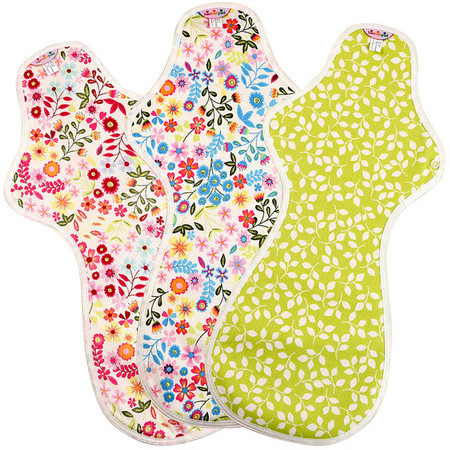
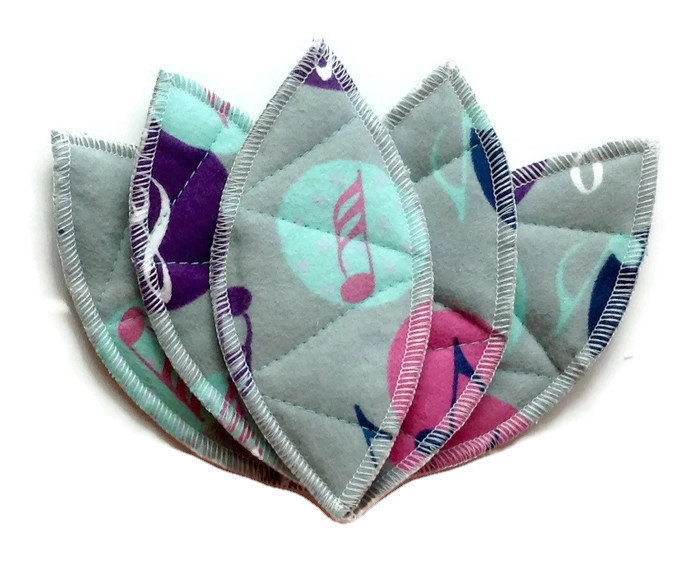
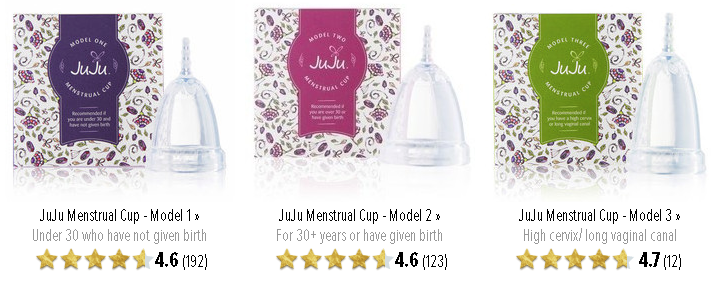
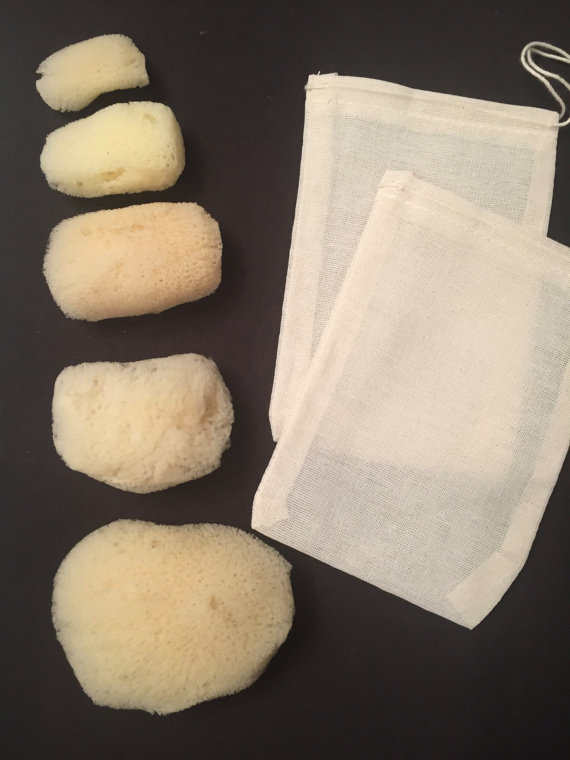
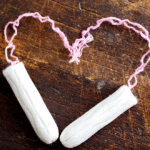

 Top 14 Online Adult Shops in Australia
Top 14 Online Adult Shops in Australia  List of Environmentally Friendly Disposable Nappies (and...
List of Environmentally Friendly Disposable Nappies (and... 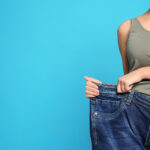 List of the Best Weight Loss Shake...
List of the Best Weight Loss Shake... 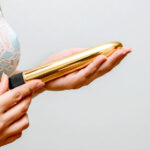 Where to Buy Wholesale Vibrators to Sell...
Where to Buy Wholesale Vibrators to Sell...  Our Honest Bed Threads Review 2021
Our Honest Bed Threads Review 2021 



